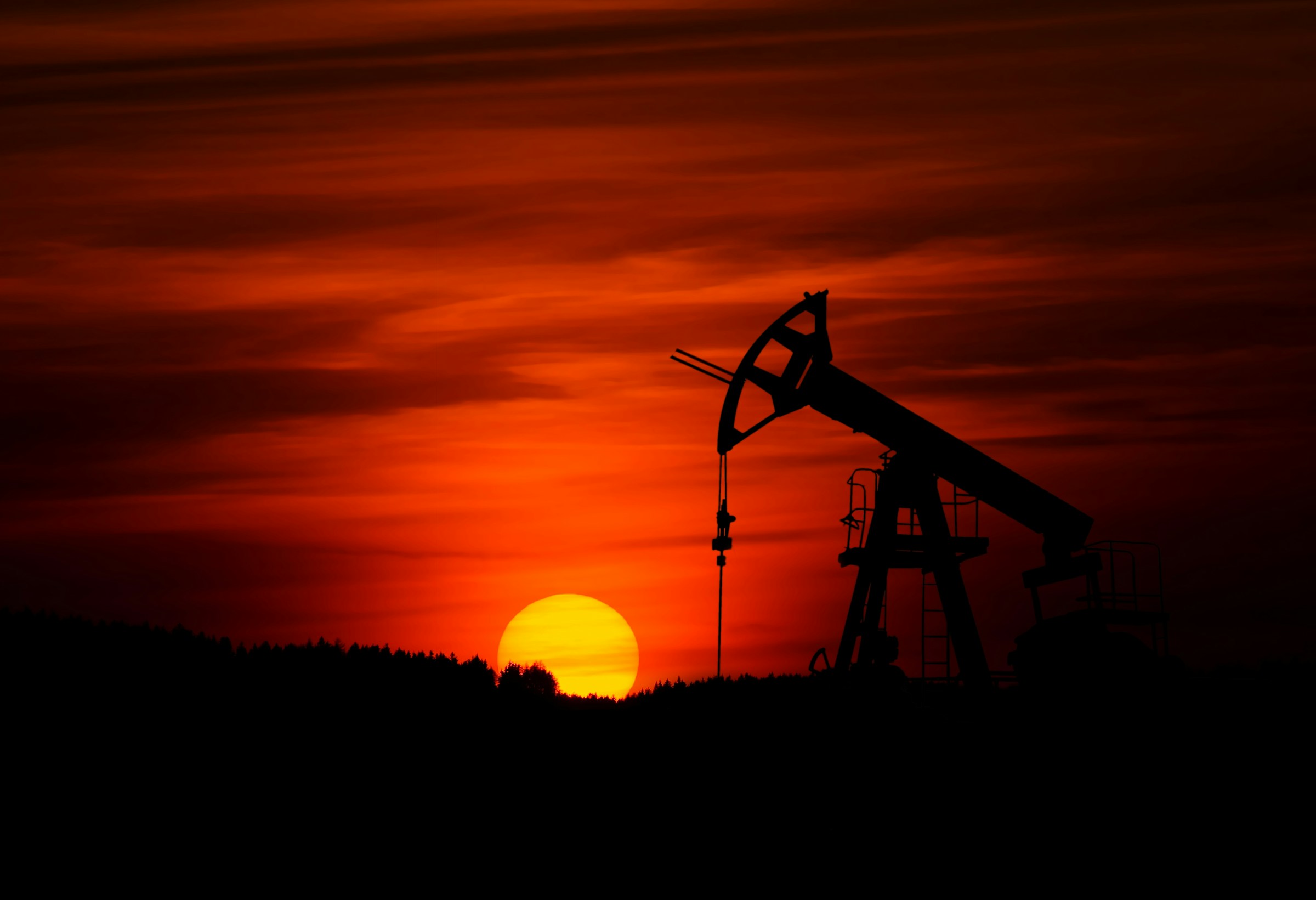Oil rises 1% on stalled Russia-Ukraine peace talks, and that phrasing captures the market’s headline logic with uncomfortable precision. The diplomacy track looks frozen, both sides are pinning blame, and traders are reinstating a modest risk premium while watching real-time demand prints in the United States. Brent settled around the high-$67s and WTI in the mid-$63s after nearly a dollar move, a two-week high that landed alongside a sharper-than-expected U.S. crude draw. The pricing tells you the story is not panic, just a nudge upward that reflects friction in negotiations and evidence that consumption has not cracked.
If you treat oil like a two-sided platform, the peace process is the governance layer that sets the rules of the game. When governance looks unstable, the platform charges a higher “fee” in the form of a risk premium. That is what showed up after another round of public messaging signaled little progress. Moscow’s conditions hardened, Kyiv reiterated red lines on territory, and the diplomatic choreography that briefly improved sentiment reverted to gridlock. In that backdrop, a small price lift is rational rather than speculative.
On the demand side, the data came in hot enough to matter. The latest EIA-proxied draw was roughly 6 million barrels for the week, well beyond consensus. Gasoline and jet fuel usage improved, with jet fuel demand hitting a post-2019 four-week high, which is the kind of micro signal that keeps refiners busy and cracks supported. When your near-term consumption line bends upward, even modestly, it offsets the bearish narrative built around macro fatigue. That is why prices firmed into the close rather than fading the geopolitical headline.
Supply remains the execution puzzle. OPEC+ has been adding barrels into the back half of the year, which should have been straightforwardly bearish. Yet the market has held near the upper-$60s because those additions arrived into a system that still contends with sanctions friction, uneven logistics, and a trading ecosystem that prices uncertainty into every voyage and insurance contract. You can see the tension in recent agency views that describe a “bloated” market on paper while prices refuse to capitulate. In other words, throughput is up, but clean, predictable barrels are still scarce enough to command a premium.
The Russia-Ukraine channel is still the key switch. Headlines about a meaningful peace framework eased prices earlier in the week, then the renewed stalemate flipped the sentiment back to guarded. This is not whiplash trading so much as contingent repricing: the second the market believes sanctions architecture could ease or safe corridors could normalize, the premium compresses. When that belief evaporates, the premium returns. Right now, public positions from both capitals suggest distance rather than convergence, and cross-border strikes only reinforce that reading.
For operators who live in models, here is the platform math behind this move. Supply added by producer groups is the equivalent of onboarding more sellers. If buyer growth looks soft, the marketplace cuts take rate to stimulate volume. Oil cannot do that. Instead, it leans on storage draws and refining runs to clear inventory while the governance layer tries to de-risk the system. Peace optimism was the “promotional credit” last week. The promo expired when the talks stumbled, so the take rate crept up again. The observed outcome was a roughly one percent lift in flat price, stronger cracks in pockets tied to travel, and a market that looked more comfortable carrying risk into the weekend.
Watch three levers from here. First, the cadence and content of any official statements about talks. Credible frameworks that include verifiable de-escalation can slice the premium quickly. Second, the weekly pulse on U.S. consumption. If jet and gasoline holds, refiners will keep pulling crude, which tightens balances even if headline growth data stays mixed. Third, producer guidance into September and October loadings, including any hints that sanction workarounds are getting harder or easier. These levers are mechanical, not narrative, and they decide whether $67 Brent feels like a ceiling or a staging area.
Miles’s take: the market is treating the peace process like a feature flag that remains off by default. Until that flips, the system will monetize uncertainty through a steady, midsize risk premium while demand data decides the slope. It is not froth. It is platform physics applied to barrels.













.jpg&w=3840&q=75)
.jpg&w=3840&q=75)
